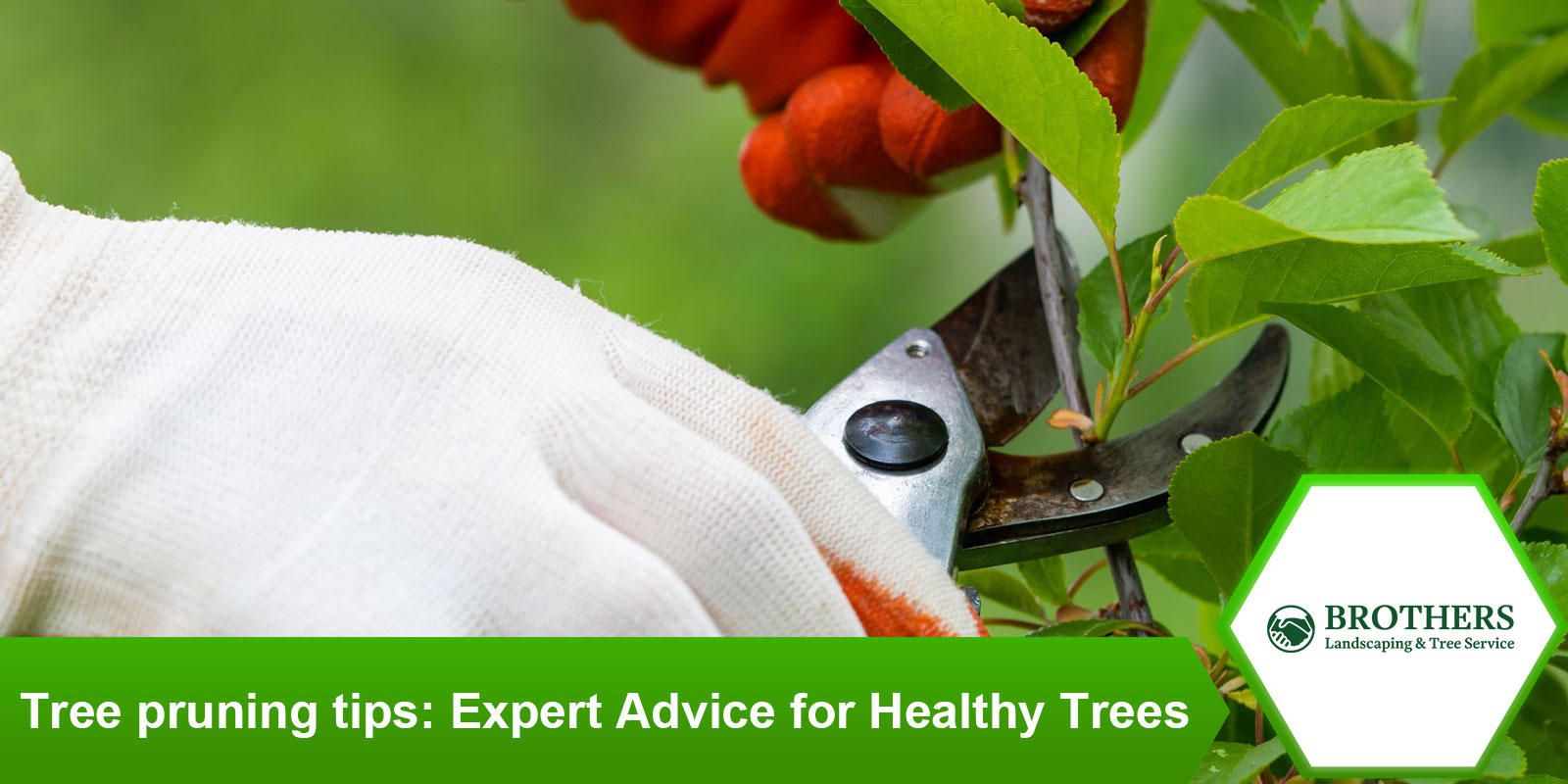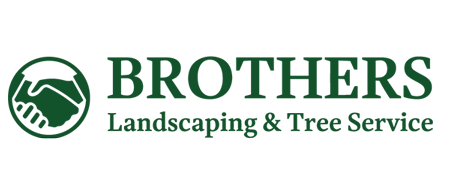
Tree pruning tips can help you maintain healthy and beautiful trees. A few years ago, I struggled with overgrown branches in my yard. It was hard to know where to start. This guide will provide expert advice on tree pruning. You’ll learn the best techniques to keep your trees thriving. Let’s dive into these essential tree pruning tips.
Engaging Tree Pruning Tips
Proper tree pruning ensures your trees remain healthy and attractive. This guide will cover essential tree pruning tips to help you achieve the best results.
Understanding the Importance of Pruning
Pruning is vital for tree health. It removes dead or diseased branches, promotes new growth, and improves tree structure. Regular pruning prevents potential hazards and enhances the tree’s appearance.
Choosing the Right Tools
Using the correct tools is crucial. Invest in quality pruning shears, loppers, and a pruning saw. Sharp tools make clean cuts, reducing the risk of damage and disease. Always clean your tools before and after use to prevent contamination.
Timing Your Pruning
Timing is everything in tree pruning. The best time to prune most trees is during their dormant season, usually in late winter or early spring. This timing minimizes stress and promotes vigorous growth in the spring. However, some trees may have specific pruning needs, so research your tree species.
Making the Right Cuts
Proper cutting techniques are essential. Start with removing dead, damaged, or diseased branches. Make cuts at a slight angle, just above a bud or branch. Avoid cutting too close to the trunk, as this can harm the tree. Also, thin out dense areas to allow light and air to penetrate the canopy.
Avoiding Common Mistakes
Avoid common pruning mistakes to protect your trees. Don’t over-prune, as removing too many branches can stress the tree. Also, avoid topping, which is cutting the main branches down to stubs. Topping can lead to weak, unhealthy growth and make the tree more susceptible to disease.
Pruning for Shape and Structure
Shape your tree for both aesthetics and health. Remove branches that cross or rub against each other. This reduces the risk of damage and disease. Focus on maintaining the tree’s natural shape and encourage a strong, balanced structure.
Dealing with Large Branches
Pruning large branches requires extra care. Make a preliminary cut a few inches away from the trunk to prevent bark tearing. Then, make a final cut just outside the branch collar. This technique promotes healing and reduces the risk of disease.
Safety First
Always prioritize safety when pruning. Wear protective gear, including gloves, goggles, and a helmet. Be cautious when using ladders or climbing trees. If a branch is too large or high to handle safely, consider hiring a professional arborist.
Knowing When to Call a Professional
Some pruning tasks are best left to professionals. If your tree has large, high branches or shows signs of serious disease, contact an arborist. Professionals have the expertise and equipment to manage complex pruning jobs safely and effectively.
Contact Us for Expert Tree Pruning
Pruning your trees ensures they stay healthy and beautiful. If you need professional assistance, don’t hesitate to contact us. Our experienced team is ready to help with all your tree pruning needs. Contact us today for a consultation and ensure the best care for your trees.
